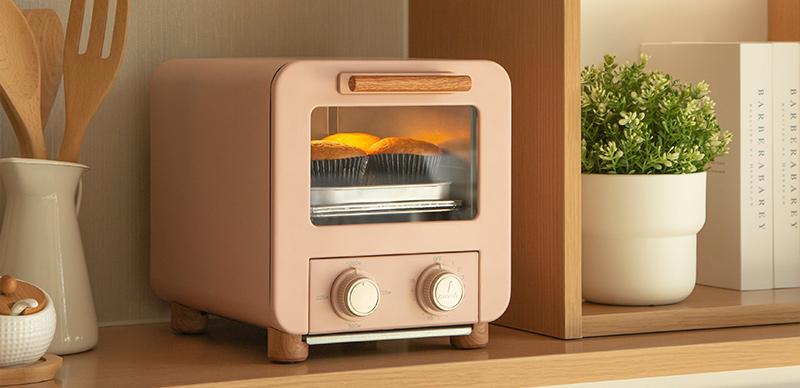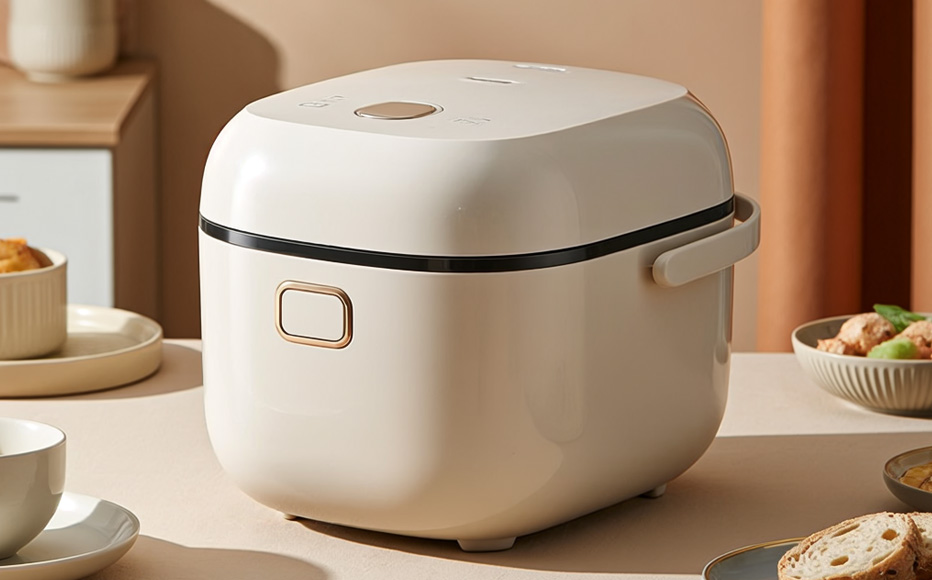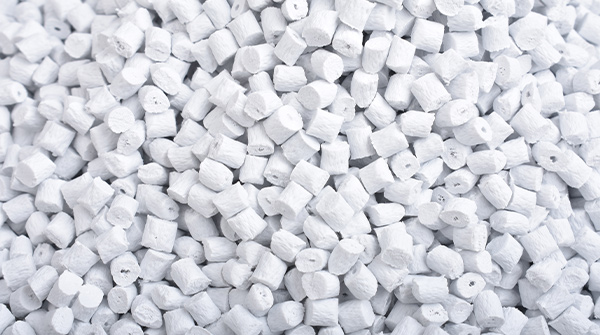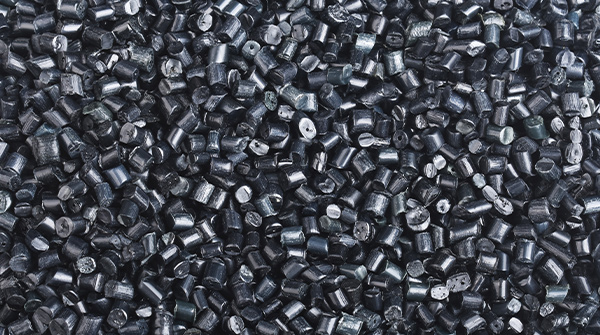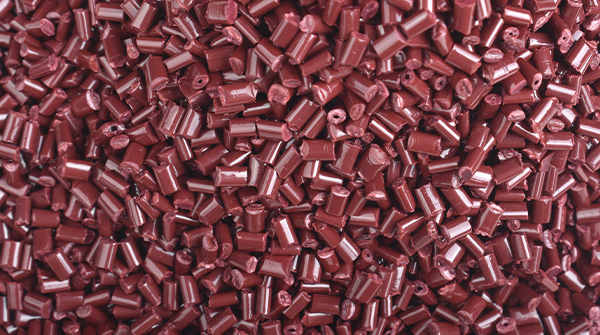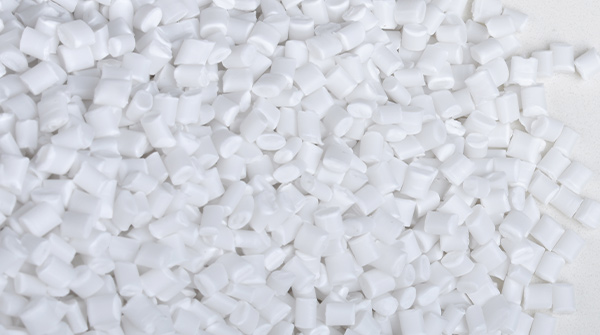The role of modified plastics in the electrical appliances industry is mainly reflected in the enhancement of material properties, cost reduction and meeting environmental requirements. It not only improves the mechanical properties, heat resistance, chemical resistance and flame retardancy of electrical products, but also reduces energy consumption and costs through lightweight design. At the same time, the insulation and stability of modified plastics enhance the safety and reliability of electrical appliances, and their recyclability and biodegradability are in line with environmental trends, promoting the sustainable development of the electrical appliances industry.
